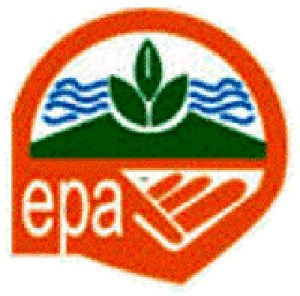Ghana’s land cover is said to have undergone dramatic changes owing basically to extensive human activities including over cultivation, mining, housing and logging.
This has contributed greatly to the current environmental degradation and the destruction of the ecosystem and intensified the effects of climate change on local communities.
The Environmental Protection Agency (EPA) in collaboration with the United States Agency for International Development (USAID) on Monday organised a national validation workshop on mapping and trends of Land Use and Land Cover (LULC) in Ghana.
This follows a study conducted by the United States Geological Survey (USGS) in collaboration with the University of Ghana’s Department and Resource Development of Geography and technical support from AGHRYMET, to map and monitor the rapid changes that had occurred across Ghana’s natural and human landscapes.
Various and detailed maps covering the entire country have been produced to show the various changes that had occurred from 1975 to 2010.
Similar studies were also being conducted in 17 West African countries including Burkina Faso, Niger, Nigeria, Chad, Mali, Senegal and Cote d’Ivoire as part of efforts by the USGS to improve the management of natural resources of the Sahel and West Africa.
Mr Ebenezer Sampong, Executive Director of the Environmental Protection Agency said the objective of the LULC study was to provide reliable information and improve decision making in land management.
The day’s workshop attracted representatives from civil society organisations, National Disaster Management Organisation, Ministry of Food and Agriculture, Ghana Meteorological Agency and some development partners, was an opportunity to discuss findings from the country’s study.
Mr Sampong said Ghana’s resources are limited and undergoing rapid changes as natural landscapes are being lost to agricultural encroachment.
He said the savannahs and forests are also experiencing loss of biodiversity and tree density, affecting the ability of its ecosystems to support basic human needs.
He said the LULC maps of Ghana would provide a picture of the changes, its patterns, magnitude and driving factors to enable policy makers to make informed decisions.
He said the results would be packaged in simpler forms for easy use and the EPA would partner with District Assembles as well as the National Development Planning Commission for public education to minimise or reverse the trend of environmental degradation.
Dr Candace Buzzard, Director of the Regional Economic Growth Office, USAID, West Africa, said land use information is key for understanding and potentially solving sustainability, such as climate change, increasing demand for food, accelerating urbanisation, and changes in the functioning of the ecosystems and the services they provide.
The maps resulting from the project provides new tools for decision makers who face the challenge of balancing the need to preserve natural ecosystems with the need to grow more food against the background of climate change.
According to her Ghana’s leaders and decision makers are currently faced with balancing environmental protection while producing food for a growing population, against a backdrop of climate change.
The maps, she said, now provides a new and unique tool for better understanding the region’s natural and human landscapes in Africa.
Regional News of Tuesday, 25 November 2014
Source: GNA

















